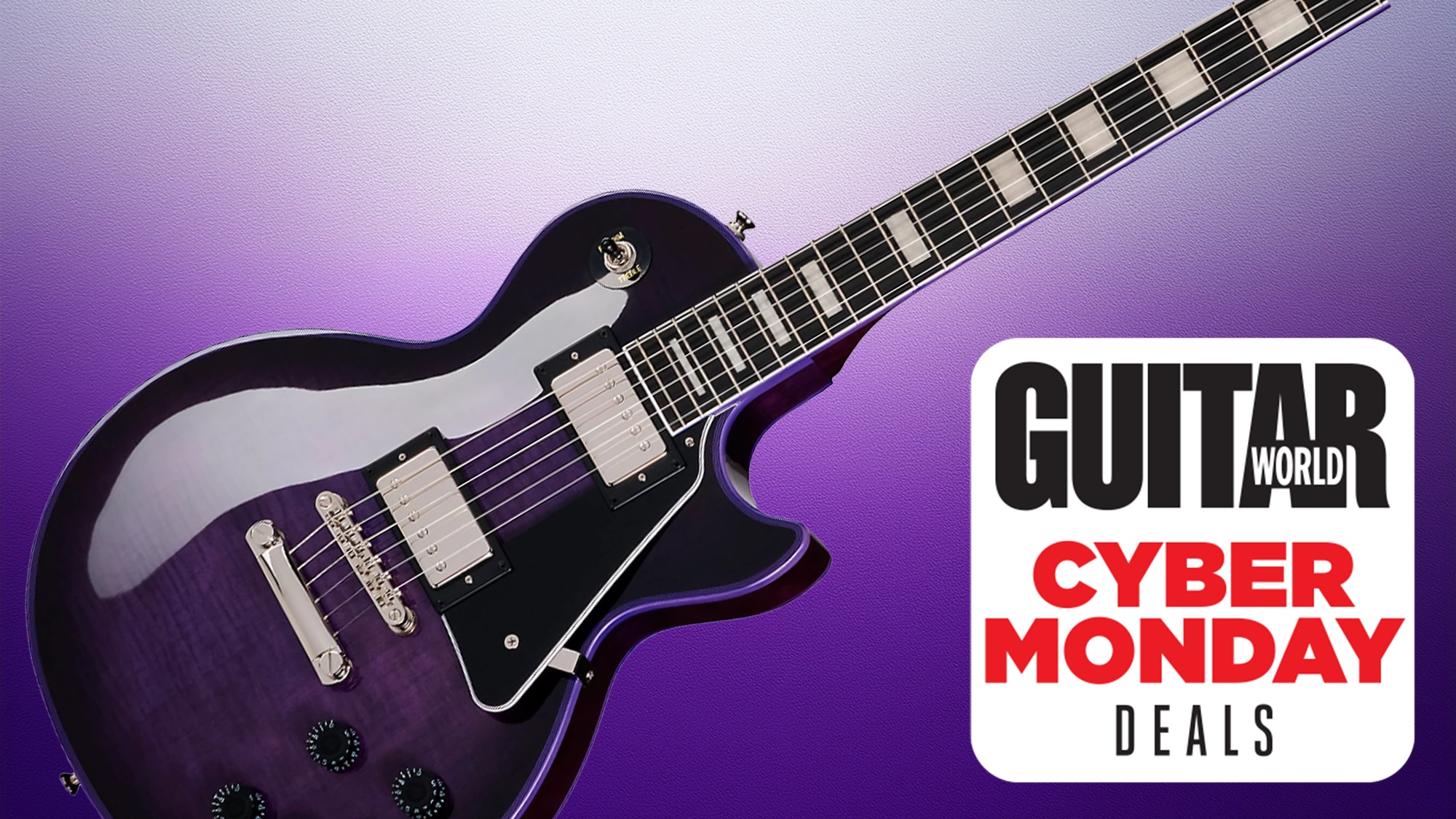“My dad stepped in to greet the ensemble – and then in came The King”: Billy Gibbons shares the story of the “treasured moment” he sat in on a B.B. King session – as a child
Long before he got the chance to pick it up for himself, the ZZ Top man found himself in a truly formative session with an icon of electric guitar
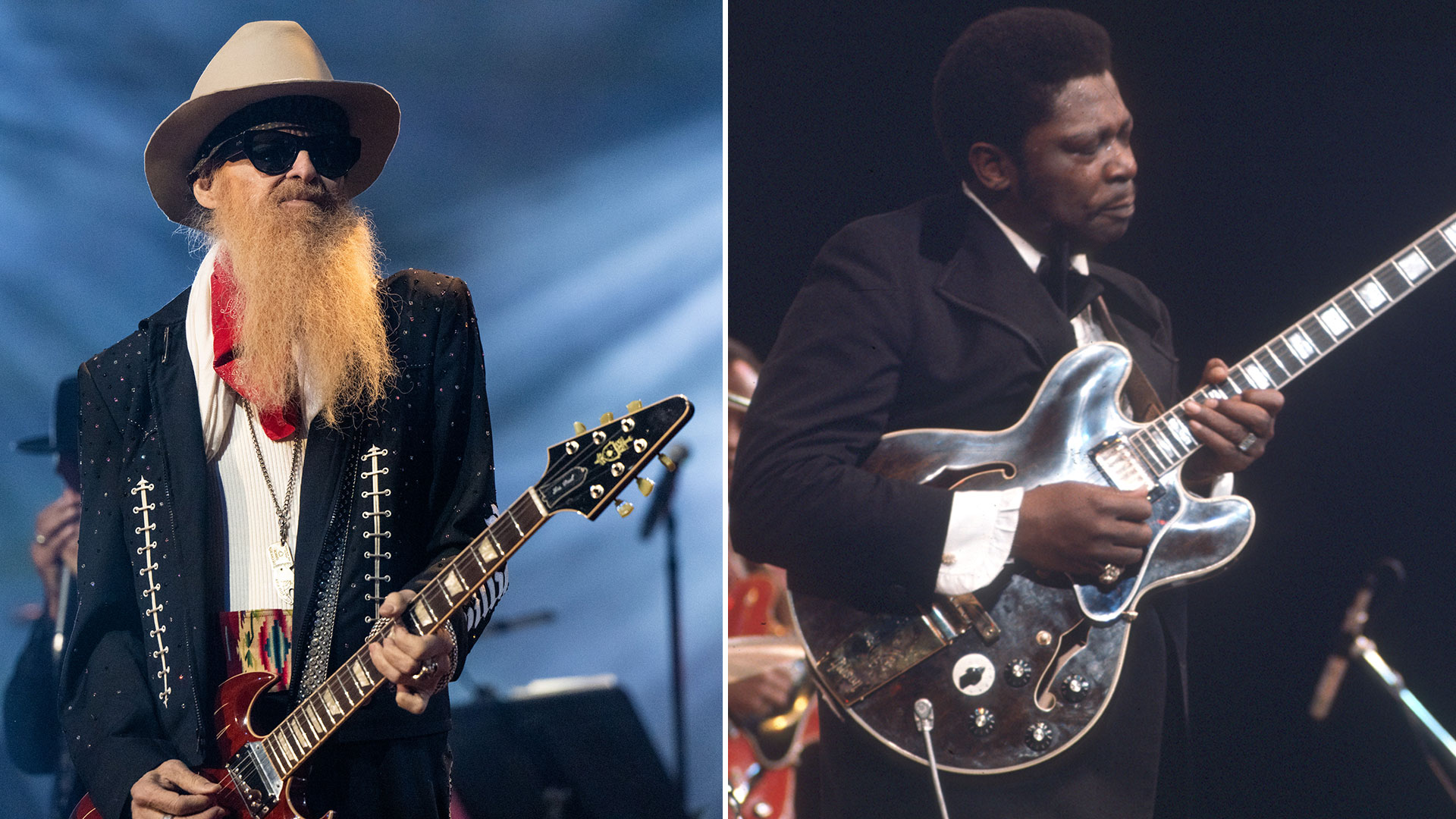
There’s a legend that has long circulated in guitar circles – one of those reciprocal, lighting of the flame moments – in which Billy Gibbons, vocalist and guitarist of Texas legends ZZ Top, attended a B.B. King session when he was just a child.
However, there’s truth to this particular legend. Indeed, the event left Gibbons indebted to the genre to the point that he went on to make a career of saluting the blues, seasoned-up with a heaped spoonful of boogie-woogie rock ‘n’ roll.
Gibbons has variously recalled being aged 5-7 at the time, but he’s never been quite clear on the exact timing – perhaps unsurprising given the 70-odd years that have passed since. However, writing to Guitar World, Gibbons recalls many details of the day with surprising clarity.
The trip, he explains, came about thanks to his father’s connections. Frederick Royal Gibbons was a noted orchestra conductor, concert pianist, and organ player who had a long and successful career – and, by the time Billy was born, a bulging contacts book.
“My dad extended the directive to climb aboard and accompany an excursion to the recording studio, where some executive biz was to take place,” Gibbons writes, in his own inimitable prose.
“I was ushered into the tracking room and took a chair against the side wall and was instructed to remain and stay quiet.”
The tracking room in question was the domain of record producer Bill Holford, located on the corner of Montrose and Westheimer in Houston, Texas – “and known nationally as the notorious ACA Studio.”
All the latest guitar news, interviews, lessons, reviews, deals and more, direct to your inbox!
The site was famed for good reason. It was one of the first multi-track studios in the country and, as such, drew the great and good of early- to mid-20th-century talent. Lightnin’ Hopkins recorded there. Little Richard, Sonny Boy Williamson, and Memphis Slim also laid down tracks in the room.
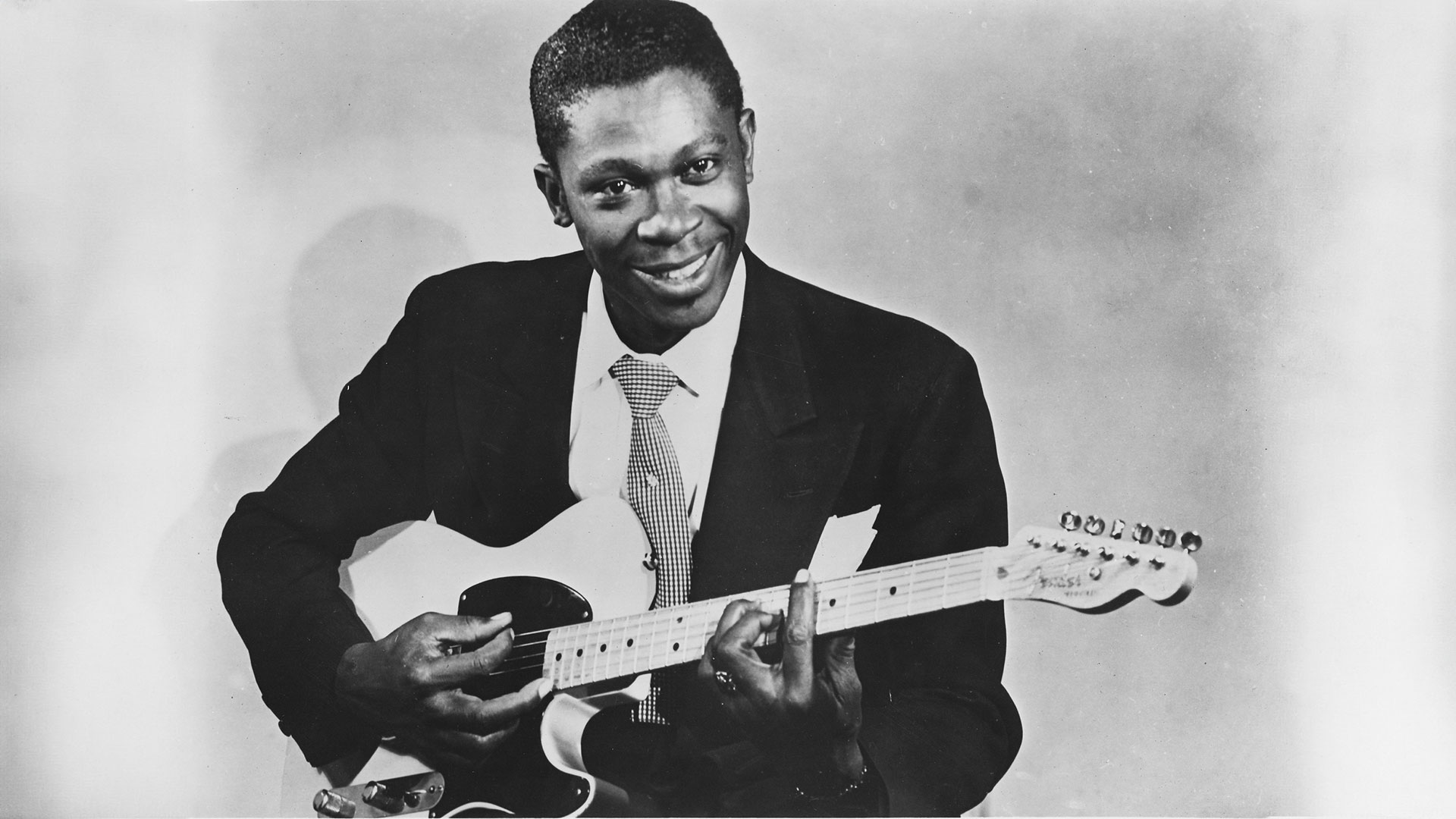
At the time of the session, Gibbons was so young he could only dream of one day making music in such a spot, but he was not oblivious to what he was witnessing – or the unspoken exchanges.
“There was enough awareness as to what was going to take place that a wave of anticipation immediately fell swoop,” he remembers. “The space was fairly empty, and yet, the absence created a stir of curiosity. The lack of noise was intriguing.”
Gibbons found himself firmly fixed to the chair his father had left him in and watching as the previously dormant space transformed into a bustling scene – all ready for one of the most influential guitarists of the 20th century to take up residence and do his thing.
“Here came a line of guys with their gear going about setting up and properly arranging the group’s designated spots at B.B.’s insistence,” Gibbons recalls. “My dad stepped in with Bill Holford to greet the ensemble, and then in came ‘The King.’”
Gibbons memory of first laying eyes on King is remarkably vivid. What’s more, King’s way of handling himself also made an impression.
“B.B. shook hands with a smile,” notes Gibbons. “He exchanged a few remarks about having worked previously in Houston, making records. [Then] after some discussion of B.B.’s selected songs, the getting-down-to-business was underway.”
Perhaps unsurprisingly, Gibbons says King soon noticed his movements being documented by this young apprentice.
“B.B. stepped over and asked if I liked electric guitar,” the ZZ Top man recalls. “I grinned – and that was it!”
As mentioned, Gibbons is uncertain on the dates. Guitar World has reviewed the ACA log books, now digitized and hosted by the University of Houston – and there were at least two B.B. King sessions at ACA in the ’50s, both of which appear to have taken place in 1953.
Gibbons has previously supposed the session happened later, around ’57, but Guitar World could not find a date that tallies with this in the log book, nor mention of the labels associated with King in the late-’50s documentation.
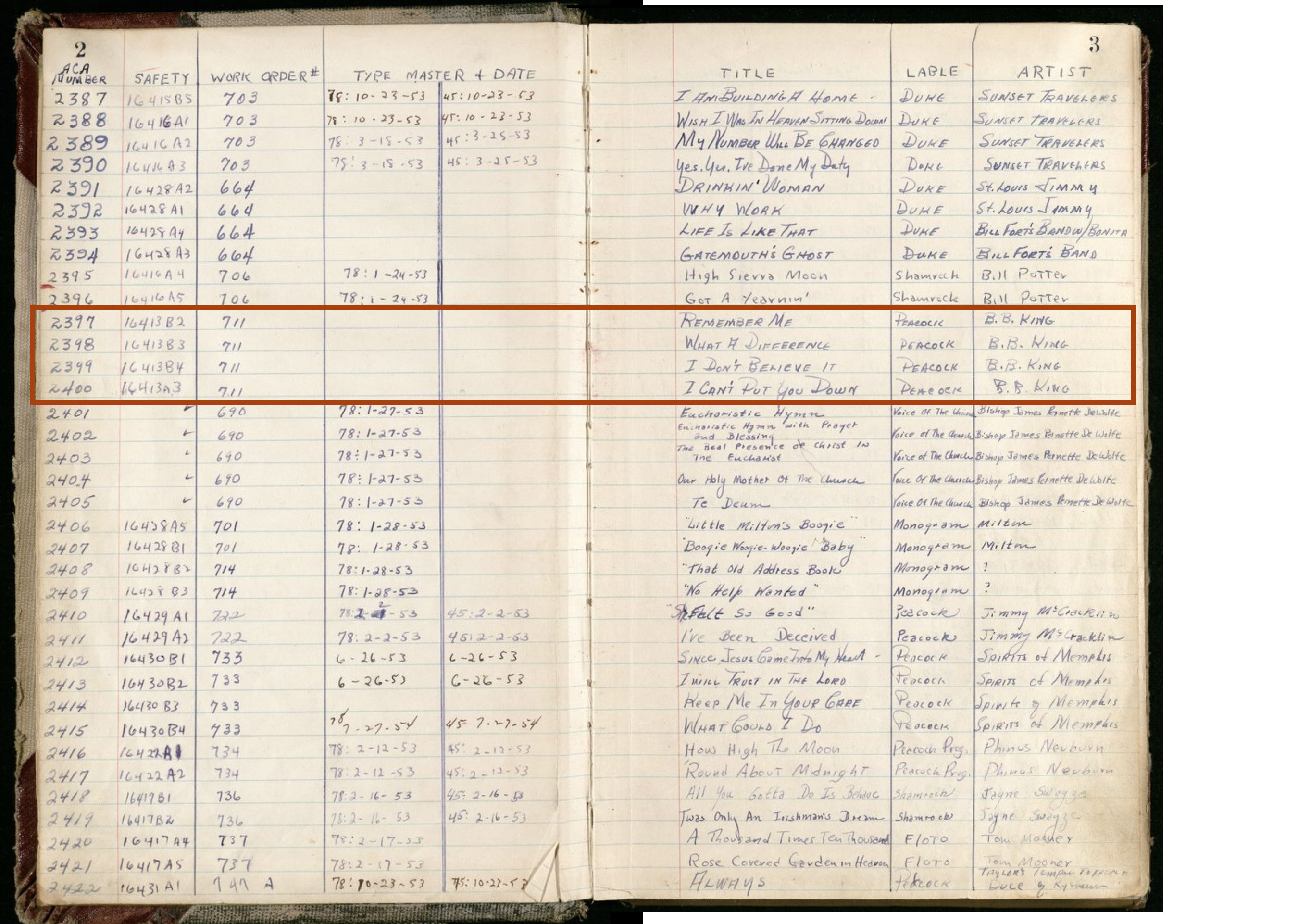
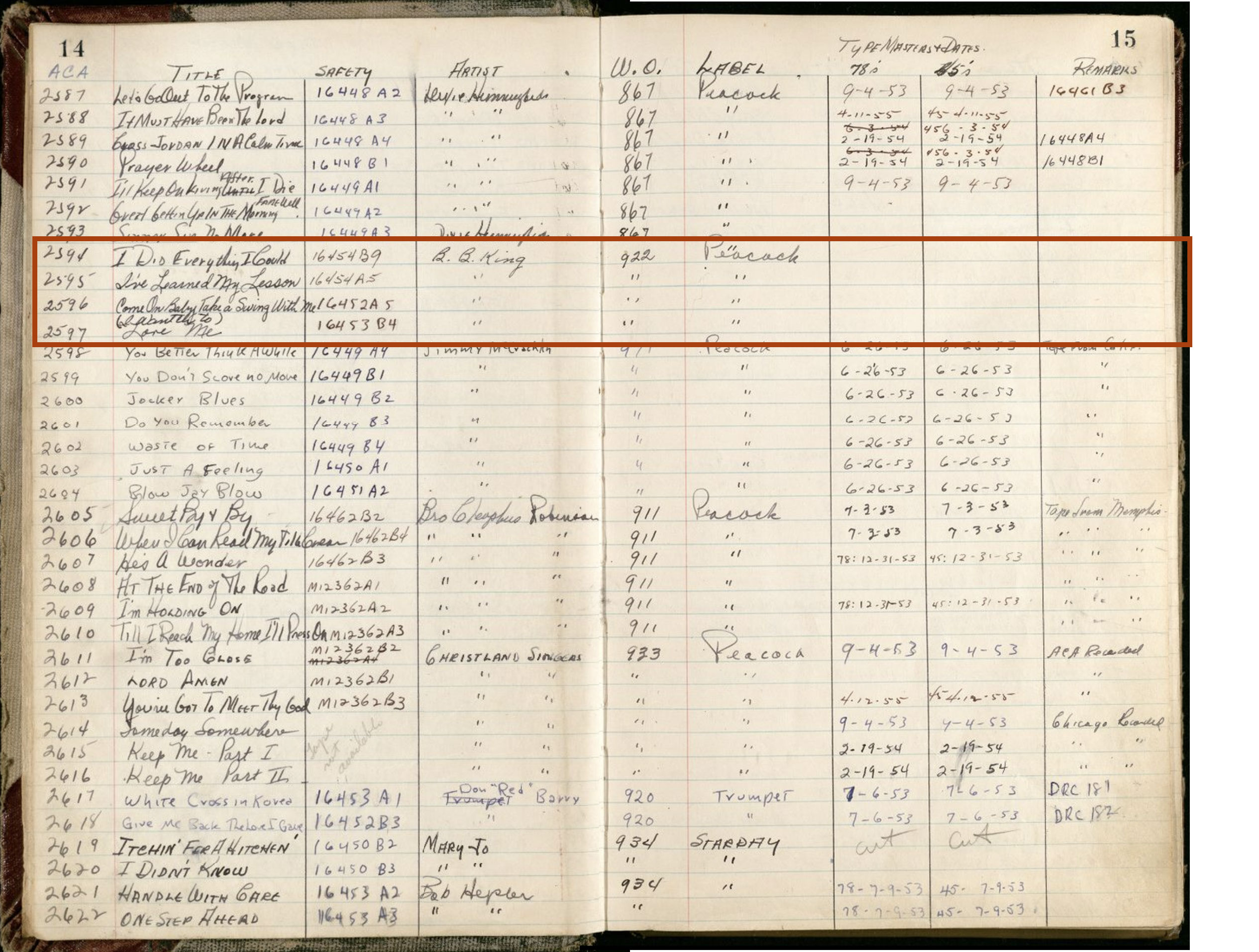
The tracks on the slate for the first session in ’53 are listed as Remember Me, What A Difference, I Don't Believe It and I Can't Put You Down. The second session lists takes of I Did Everything I Could, I've Learned My Lesson, Come On Baby Take a Swing With Me and (I Want You To) Love Me.
Many of these don't appear to have seen release – possibly because King was predominantly working with another label at the time – but the latter seems likely to be a working title for (Please) Love Me, released that same year.
Regardless of the specific tracks, Gibbons reports that the group did not waste time laying it down.
“A quick runthrough by the band got the ball rolling,” remembers Gibbons. “Take one came over and then the count. It was three minutes of masterful execution and then on to another number – a superb experience witnessing a series of one-take deliveries.”
For the young Billy, watching B.B. King play was electrifying in itself, but in another sign of things to come, he confesses he found himself enthralled by the tools the blues maestro wielded.
A post shared by Howard Greenberg Gallery (@howardgreenberggallery)
A photo posted by on
“I vividly recall – which I learned later – B.B. was using a blond, [Gibson] ES-5, triple-pickup, single-cutaway,” Gibbons tells Guitar World.
“There were a couple of [Fender] Tweed amplifiers across the room,” he continues. “They were out of the way to let the amps blare it out, away from the rest of the group. It was effortlessly lively and at the same time, agreeably stone serious.”
The ES-5 provides another clue to the date – there’s an amazing image of King [dressed in shorts – above] playing the guitar onstage with the Bill Harvey band in Memphis around 1950. It’s not conclusive, but does suggest that the session likely took place earlier in the decade than first thought.
Gibbons then remembers that the band decided to take an extended break, and he says he even took note of this.
“[It’s] a time-tested, studio must-do, which is practiced to this day,” observes Gibbons. “The art of taking one's time to settle into the pocket makes all the difference in laying it down and enriching the groove.”
Up until that point, Gibbons appears to have maintained a respectful silence – albeit it with a grin on his face.
“As the session wrapped, B.B. came over to tell me he knew my dad and asked if I had taken it all in with a good time,” recalls Gibbons. “Needless to say, I believe B.B. enjoyed my loud response of, ‘Yes, sir!’”
Gibbons would not receive his own electric guitar until his 13th birthday, but the King session seems like the starting point of his personal odyssey – before all of those more famous stories of his time with Jimi Hendrix, catching Elvis, or ZZ Top’s colossal success. Witnessing King proved truly formative.
Gibbons still describes the memory as “a treasured moment, which lingers on”. Indeed, some 50 years on from the session, Gibbons got to return the favor – performing Tired of Your Jive with B.B. King as part of the latter’s star-studded, 80th birthday celebration record, B.B. King & Friends: 80.
We can only imagine how the young Gibbons might have felt knowing that years later ‘The King’ would call him ‘friend.’
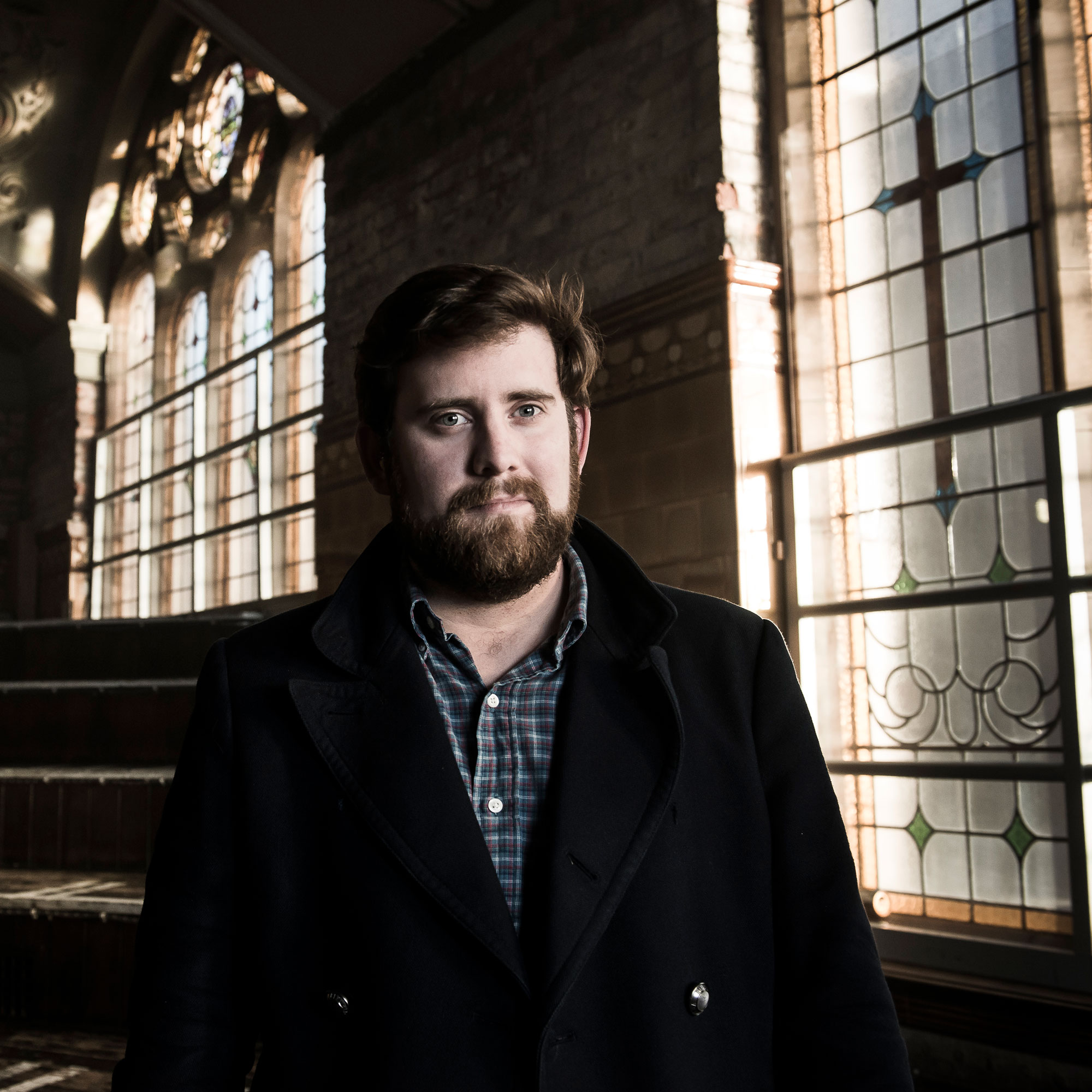
Matt is Deputy Editor for GuitarWorld.com. Before that he spent 10 years as a freelance music journalist, interviewing artists for the likes of Total Guitar, Guitarist, Guitar World, MusicRadar, NME.com, DJ Mag and Electronic Sound. In 2020, he launched CreativeMoney.co.uk, which aims to share the ideas that make creative lifestyles more sustainable. He plays guitar, but should not be allowed near your delay pedals.
You must confirm your public display name before commenting
Please logout and then login again, you will then be prompted to enter your display name.

